Still Beauty
Beauty had a struggle to survive the latter quarter of the 20th century. Artists who nonetheless found creative energy in the redemptive power of beauty were considered passé at best and patronized at worst. The “love of all the truly precious things” to which Simone Weil refers found no favor in the art establishment. Fortunately, the strength of beauty is such that—elusive and perhaps even undefinable—it has survived in all its mystery.
My own goal in photography is to create beauty in my images compelling enough to establish its own legitimacy—whether beauty as a concept is in or out of fashion. I find a ramble around my garden—in a good season or a bad—to be deeply satisfying. There’s something about the patterns and designs—even of barren branches—that is inherently beautiful. It lifts my spirits to choose a bouquet, especially variegated and with oddities—maybe a few weeds—among the flowers and bushes I’ve planted over the years. The return of old favorites and the surprising newness of annual blossoms inspire me to photograph.
In the past year I’ve been fascinated by the lighting effects possible using a small flashlight in a dark room to illuminate my still life arrangements. Like the Dutch, Spanish, and Italian Old Master painters, using brushes and oils to create light, my small flashlight allows me to paint light onto my still lifes with precise control.* It was an especially fortunate time to discover this technique—in the time of Covid, it was a balm and has given me joy. – Brigitte Carnochan
Showing 1–16 of 30 results
-
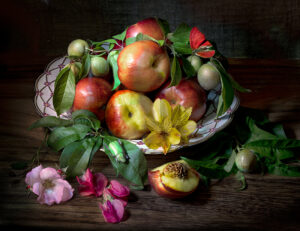
BRIGITTE CARNOCHAN. Bowl of nectarines, 2020
Price range: $1,800.00 through $5,000.00 View Options This product has multiple variants. The options may be chosen on the product page -
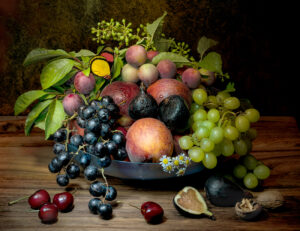
BRIGITTE CARNOCHAN. Bowl of peaches and grapes, 2020
Price range: $1,800.00 through $5,000.00 View Options This product has multiple variants. The options may be chosen on the product page -

BRIGITTE CARNOCHAN. Coral peonies and sunflowers, 2020
Price range: $1,800.00 through $5,000.00 View Options This product has multiple variants. The options may be chosen on the product page -
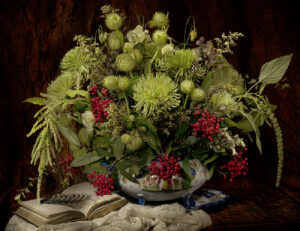
BRIGITTE CARNOCHAN. Thanksgiving bouquet, 2020
Price range: $1,800.00 through $5,000.00 View Options This product has multiple variants. The options may be chosen on the product page -
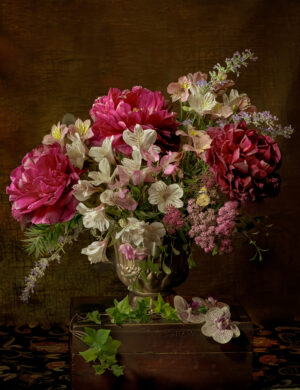
BRIGITTE CARNOCHAN. Dark Peonies, 2020
Price range: $1,800.00 through $5,000.00 View Options This product has multiple variants. The options may be chosen on the product page -

BRIGITTE CARNOCHAN. Green mums and balloon milkweed, 2020
Price range: $1,800.00 through $5,000.00 View Options This product has multiple variants. The options may be chosen on the product page -
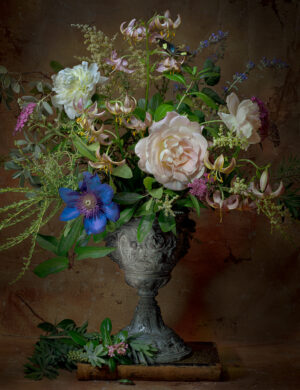
BRIGITTE CARNOCHAN. Martagon, lilies and clematis, 2020
Price range: $1,800.00 through $5,000.00 View Options This product has multiple variants. The options may be chosen on the product page -

BRIGITTE CARNOCHAN. Mixed Bouquet and pears, 2020
Price range: $1,800.00 through $5,000.00 View Options This product has multiple variants. The options may be chosen on the product page -
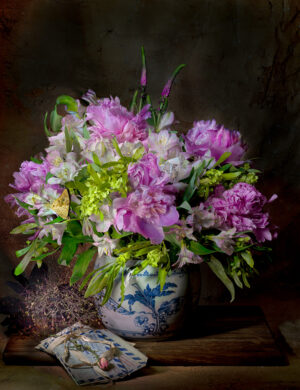
BRIGITTE CARNOCHAN. Peonies in Chinese bowl, 2020
Price range: $1,800.00 through $5,000.00 View Options This product has multiple variants. The options may be chosen on the product page -
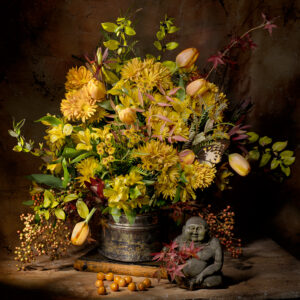
BRIGITTE CARNOCHAN. Gallery Flowers, 2020
Price range: $1,800.00 through $5,000.00 View Options This product has multiple variants. The options may be chosen on the product page -

BRIGITTE CARNOCHAN. White peonies and Roman glass, 2020
Price range: $1,800.00 through $5,000.00 View Options This product has multiple variants. The options may be chosen on the product page -
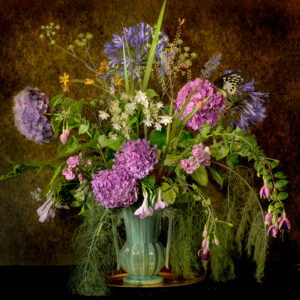
BRIGITTE CARNOCHAN. Hydrangeas and caterpillar, 2020
Price range: $1,800.00 through $5,000.00 View Options This product has multiple variants. The options may be chosen on the product page -

BRIGITTE CARNOCHAN. Peony Roses and Warega Figure, 2020
Price range: $1,800.00 through $5,000.00 View Options This product has multiple variants. The options may be chosen on the product page -
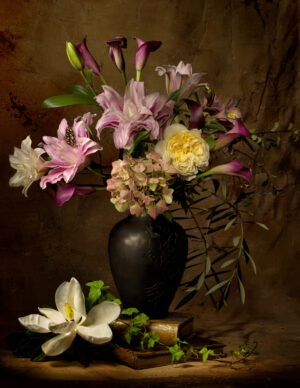
BRIGITTE CARNOCHAN. Pink lilies, 2020
Price range: $1,800.00 through $5,000.00 View Options This product has multiple variants. The options may be chosen on the product page -
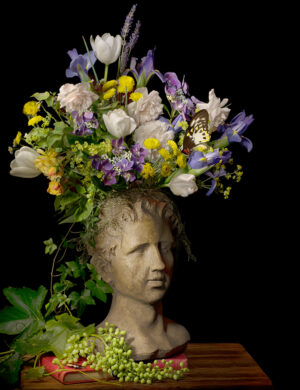
BRIGITTE CARNOCHAN. Roman Head, 2020
Price range: $1,800.00 through $5,000.00 View Options This product has multiple variants. The options may be chosen on the product page -
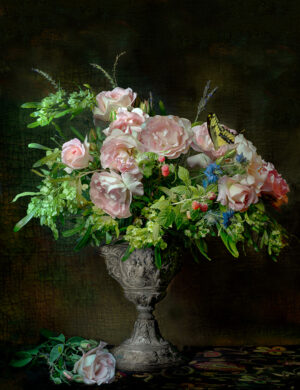
BRIGITTE CARNOCHAN. Roses and Raspberries, 2020
Price range: $1,800.00 through $5,000.00 View Options This product has multiple variants. The options may be chosen on the product page







